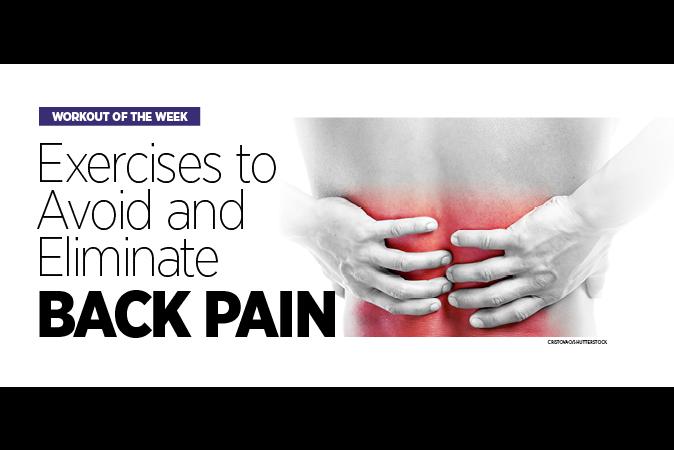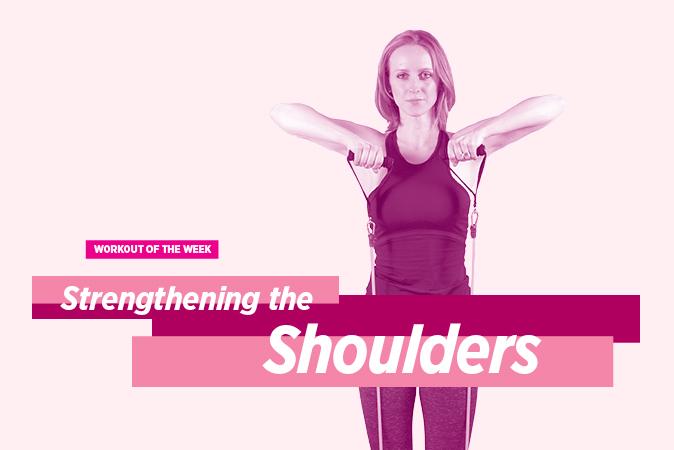Back pain as a diagnosis has an incredible effect on our economy by driving a large number of prescription medications and paid days off. It is often over-associated with the aging, overweight, or acutely injured, but the reality of lower back pain is that it can occur in people of any age or activity level, as it is caused by a very specific set of muscular imbalances.
Common, mysterious back pain happens when muscles in the core are too weak to support the lumbar spine at times of stress, or when the muscles in the front of the hips (hip flexors, quadriceps) are stronger than the muscles in the posterior chain (gluteal muscles, hamstrings).





